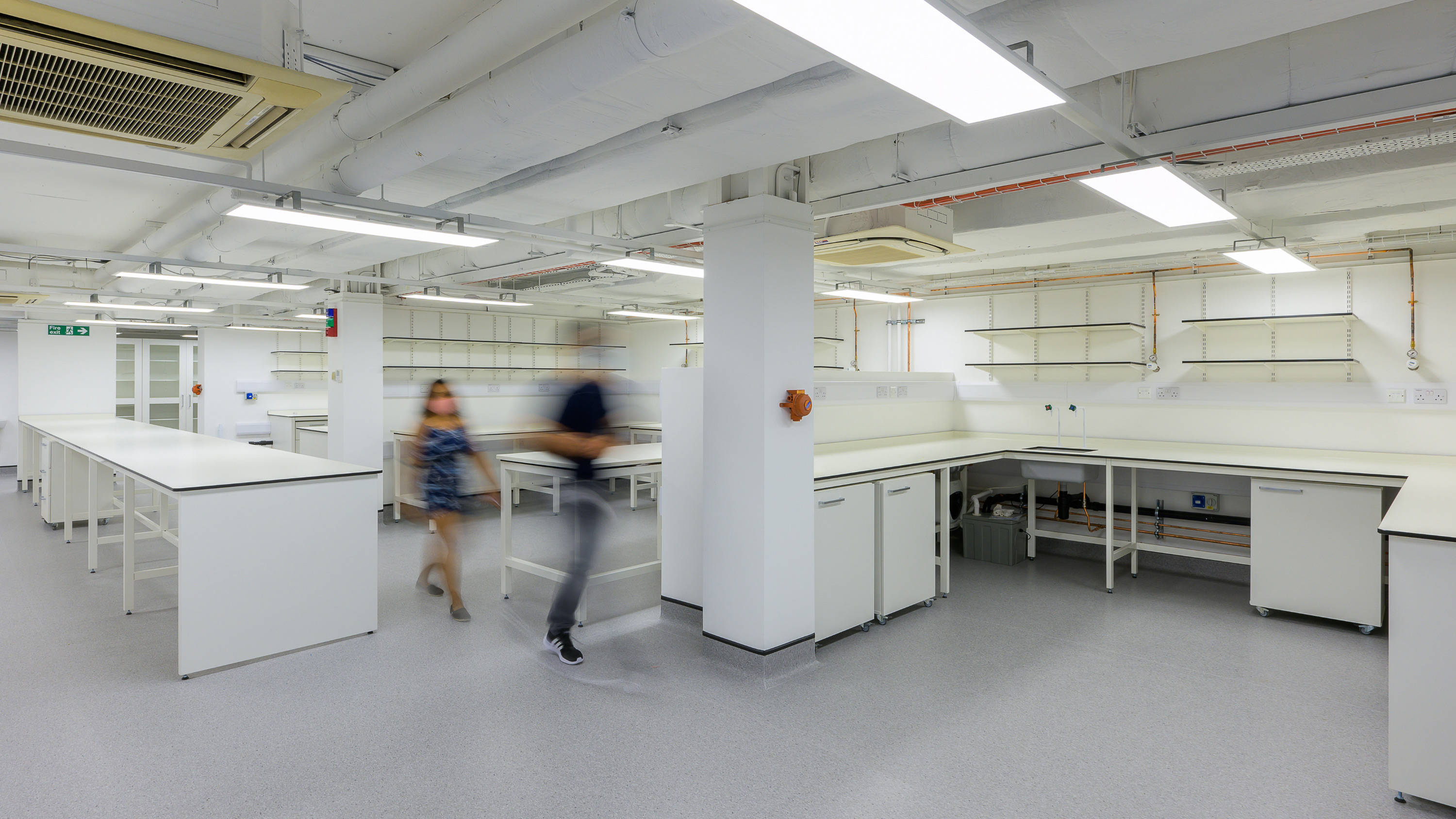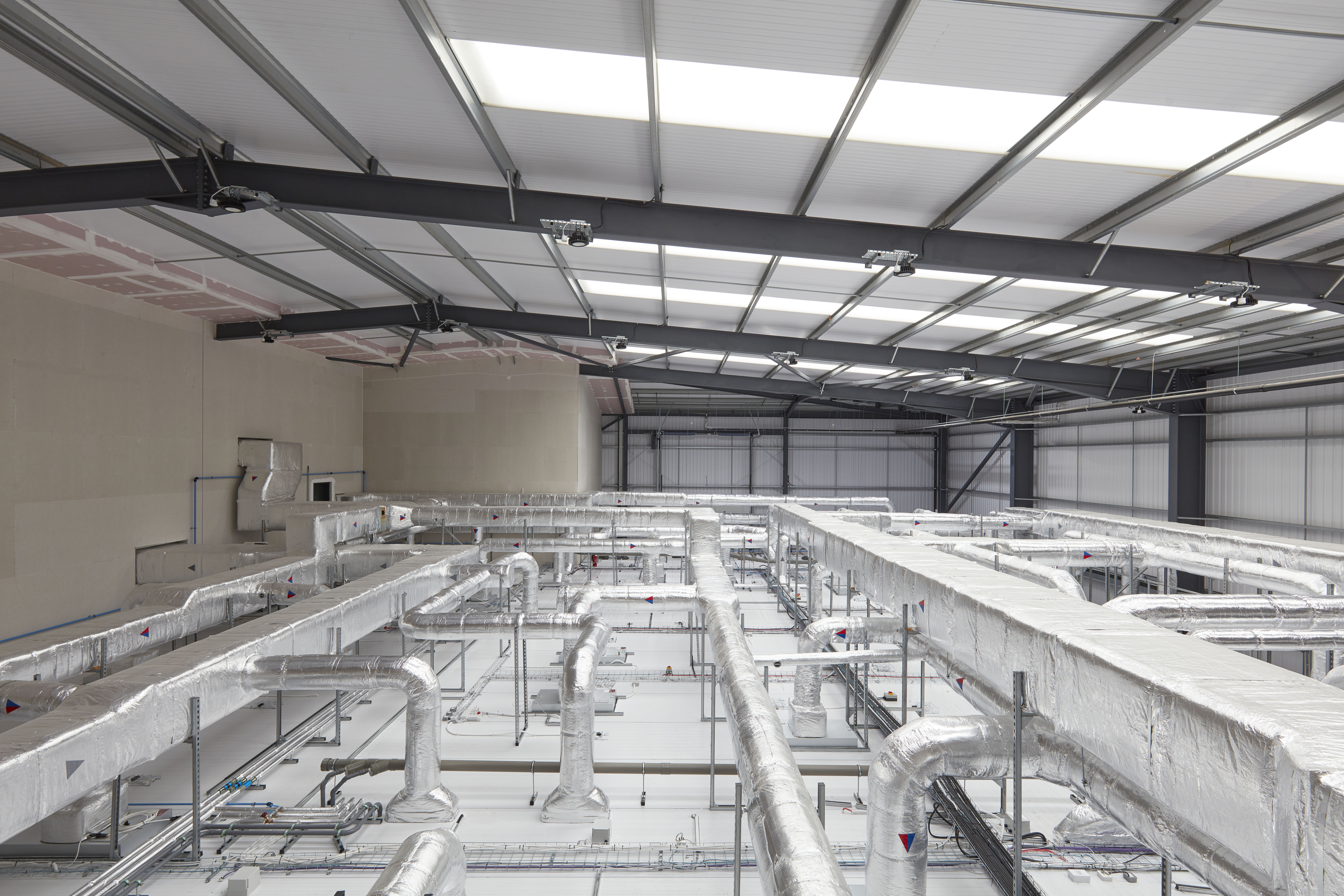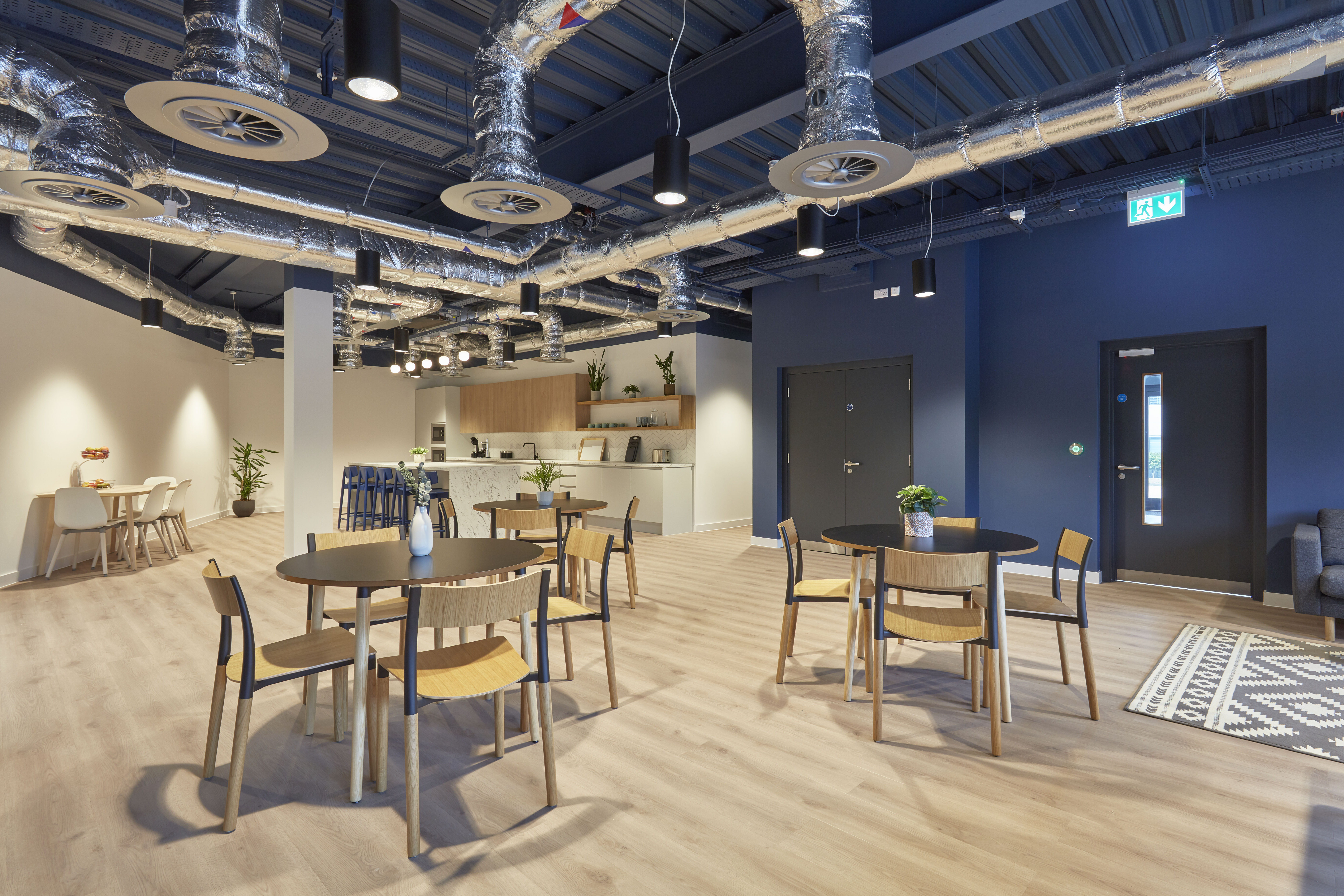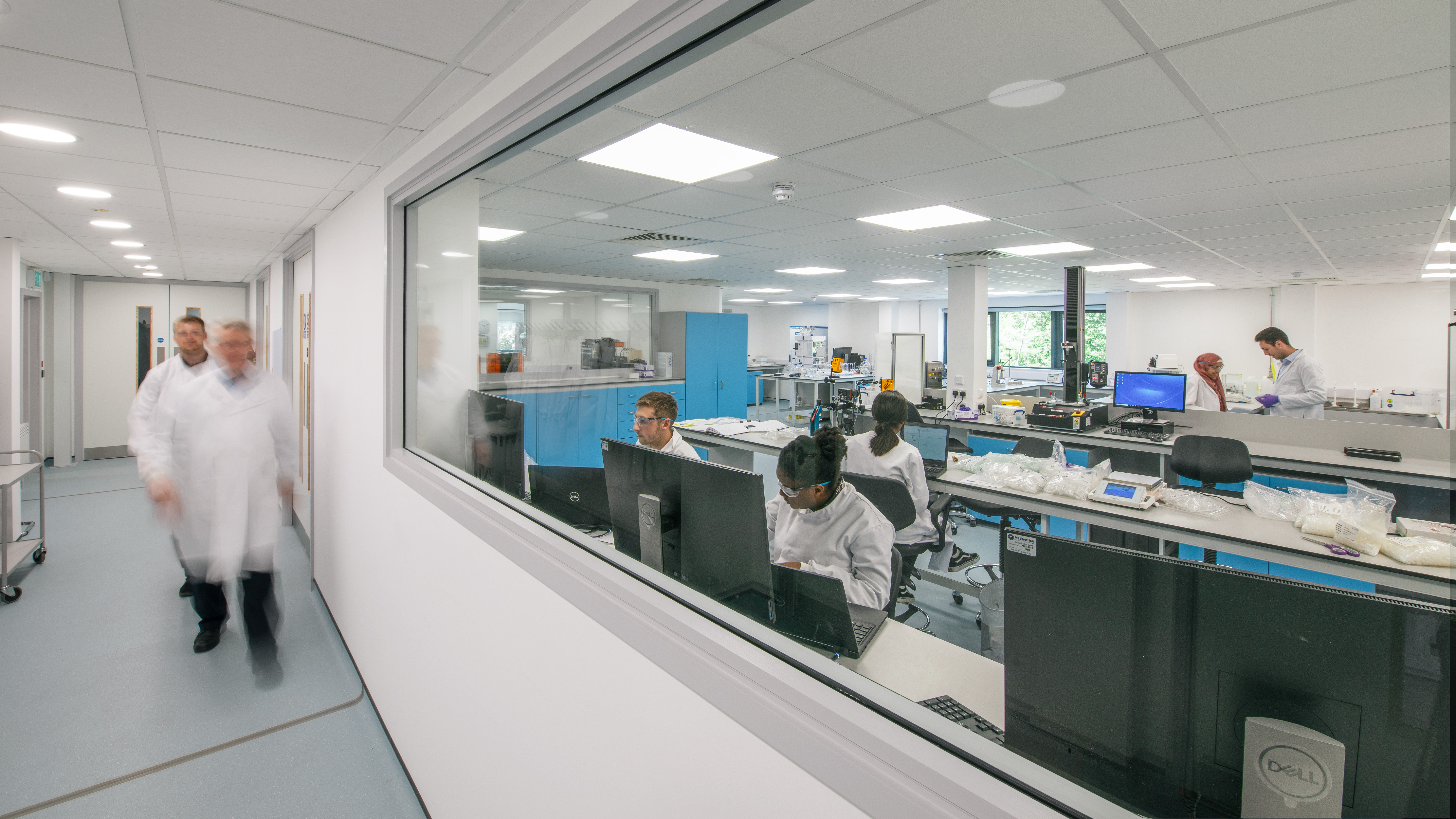When designing any space, it is crucial to understand how that space will be used, the needs of the people using it, and how these might change over time. Incorrect or inefficient lab space planning can stifle innovation and efficiency; and in an industry that changes at a rapid pace, this can be detrimental.
Laboratories today need to have multiple purposes and functionality; allowing for research, collaboration, flexible and accessible spaces, wellness, and environmental sustainability.
So, if you are looking to improve collaboration and innovation keep reading…
Before starting to plan your lab space, it is important to define your non-negotiables and then build the remaining space around these.
This may depend on the type of laboratory you are looking to plan. For example, a wet lab will be significantly different to a dry or research lab and this may impact how the space will be planned.
Here are a few types of labs:
Laboratories will often require highly specialised lab equipment. Therefore, when planning the space, it is important to know which equipment you will need and whether it will work in the space.

How much and what type of storage you require will depend on the type of lab you are planning.
If the lab handles any kind of chemicals, you will need to have an adequate place to store these. Depending on the chemicals, local authorities will have different regulations on how to store and dispose of them.
The challenge of planning for a modern lab is creating a space set up for the future without knowing what that might actually look like. Using modular laboratory furniture whenever possible can be a simple way of adding flexibility. This allows the space to be reorganised and reconfigured as needed without redesigning the lab.
Lab elements that can’t be moved, such as sinks, should always be placed away from central spaces to allow for the unincumbered shuffling of lab elements.

This will vary widely, depending on the type of building your laboratory will be in. Ask yourself:
If you are repurposing a building, you will need to be mindful of whether the building is fit for purpose, or whether it will need extensive changes to accommodate the Mechanical and Electrical services required.
Here are a few aspects to consider:

These spaces tend to be great places to house large equipment and incentivise innovation and collaboration.
Breakout spaces have grown in popularity recently not only due to the increased focus on collaborative work but also due to their extensive benefits. These spaces can boost morale, maximise productivity, reduce stress, and so much more.
These benefits are particularly important for life science businesses, as they act as an antidote to the clinical environment common in labs. Breakout spaces are also particularly effective at fostering communication between different teams within labs which could lead to new ideas and innovations.
As a result, make sure to include them when planning a lab as they can have an extremely positive impact on employee wellbeing.
The image below is for a project we recently completed for Sherlock Biosciences.

Some laboratories will choose to include viewing windows. This not only provides an added layer of security – as staff can keep an eye on what is happening inside the lab – but it is also great when you have visitors. Having viewing windows enables you to show visitors the work you are conducting without compromising the [often controlled] environment of the lab.

Planning for optimal natural light can help to reduce energy costs as well as have a positive impact on the wellness of employees. Designing open and transparent spaces that connect with the outdoors can also help to create more harmonious workspaces.
Considering efficient energy strategies at the lab planning
stage is also important; great alternatives include solar power, green roofs, chilled beams and heat wheels.
Research or any type of laboratory work requires staff to spend prolonged amounts of time in clinical settings, therefore, providing them with easy access to an outdoor area can be beneficial. Access to fresh air has been shown to help reduce stress, improve mood, productivity, and overall employee happiness.
Click on the button below if you’d like to hear more about our laboratory space planning and design services;
Lab Space Planning